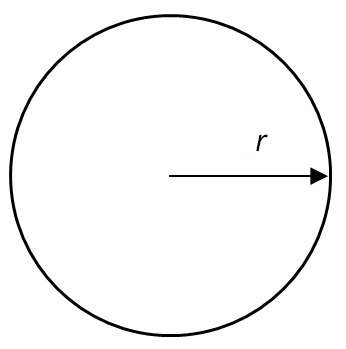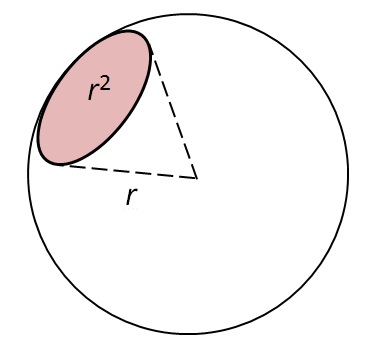Ian Ashdown, P. Eng., FIES, Senior Scientist, SunTracker Technologies Ltd.
Published: 2014/07/26
Do you suffer from math anxiety? A surprising number of us do (e.g., Wigfield 1988). I would tell you the exact numbers, but you would need to understand statistical analysis …
Fortunately, we can mostly muddle through our lives without having to deal with statistics, vector calculus, differential geometry, algebraic topology and all that. As an electrical engineer in the 1980s for example, I never needed anything more than a four-function calculator to do my work designing billion-dollar transportation systems.
Our fear (note the implicit “we”) can, however, disadvantage us in subtle ways. In studiously ignoring the mathematics of a topic, we all too often overlook the underlying concepts that help us better understand what we are interested in.
An example from lighting design: luminous intensity. We measure the luminous intensity of a light source in candela, which is defined as “one lumen per steradian” (IES 2010). A lumen is easy enough to understand, but what the blazes is a “steradian”?
The all-knowing Wikipedia has an answer: it is the measure of a “solid angle.” Going to the Wikipedia definition of this phrase, we see:

Anxiety? What anxiety?
But now for a trade secret: most mathematicians do not think in terms of equations like these double integrals. Instead, they visualize. Just as lighting designers can look at architectural drawings and imagine lighting designs, mathematicians can look at a set of equations — which are really nothing more than an arcane written language — and visualize new mathematical concepts and proofs.
I learned this from a professor of mine whose specialty was hyperspace geometry — he could “easily imagine” four- and five-dimensional objects by mentally projecting them into three-dimensional shapes and imagining how their shadows changed as he rotated the objects in his mind. Some people …
So, we start by visualizing a circle (FIG. 1):

If you remember anything at all from mathematics in school, it is that the circumference C of a circle with radius r is equal to two times pi times its radius, or:
C = 2 * pi * r
where pi is approximately 3.14159. (Remember that 1980s-era four-function calculator ñ it is all you will need for this.)
What this means is that if we take a piece of string with length r, we will need to stretch it by a factor of two pi (6.28328 …) to wrap around the circumference of the circle.
But suppose we wrap the string with length r part way around the circle (FIG. 2). The resultant angle is precisely one radian, which is abbreviated rad.

Most of us are used to thinking of angles in terms of degrees ñ there are 360 degrees in a circle. (The reason for the magic number 360 is lost in history, according to Wikipedia.) This means that one radian is equal to 360 / (2 * pi) = 180 / pi degrees, which is approximately 57.3 degrees. Radians are more useful simply because they are related to the geometry of the circle rather than some magic number — they are easier to visualize and so understand.
Now, imagine a sphere with radius r, and with a cone-shaped section whose base has a surface area of r * r, or r2 (FIG. 3):

This cone has a solid angle of precisely one steradian (or one “solid radian”), which is abbreviated sr.
No mathematics required — easy.
(To be precise, a solid angle does not need to be a circular cone-shaped section as shown in FIG. 3. The top of the cone can be any shape; all that matters is the ratio of the surface area of the base to the radius r.)
How many “square degrees” in a steradian? That’s also easy: if one radian is equal to 180 / pi degrees, then one steradian is equal to (180 / pi) * (180 / pi), or approximately 3282.8, square degrees.
To be honest, I also suffer from math anxiety when first reading a set of equations. I do not really understand them until I can visualize what they mean. Mathematical equations are just the formal written language we use to express what we have visualized.
… now if only I could understand batting averages in baseball and cricket …
References
IES. 2010. IES Lighting Handbook, Tenth Edition. New York, NY: Illuminating Engineering Society of North America.
Wigfield, A., and J. L. Meece. “Math Anxiety in Elementary and Secondary School Students,” Journal of Educational Psychology 80(2):210-216.
